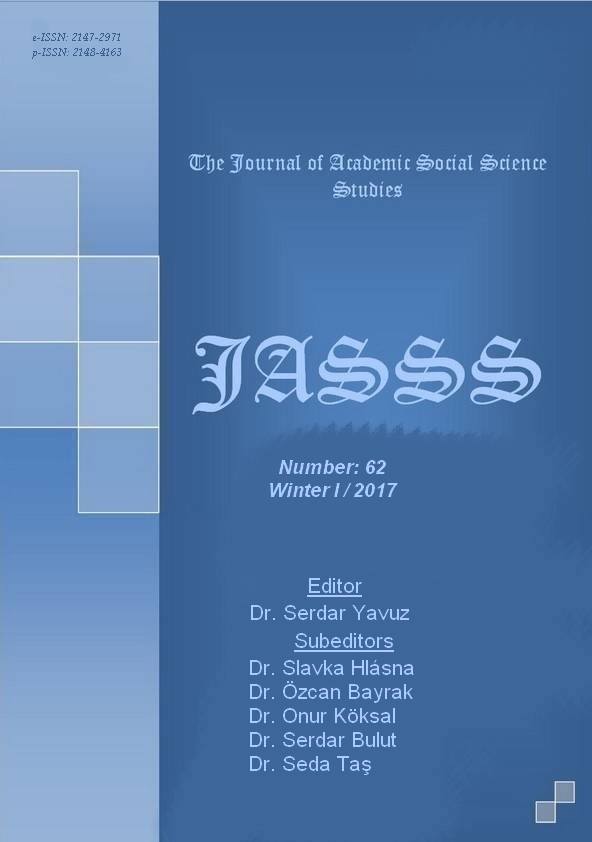Author :
Abstract
Müelliflerin eserlerinde takip ettikleri üslupların bilinmesi, bu eserlerin anlaşılmasına büyük katkı sağlar. Bu nedenle genelde müellifler mukaddime ve dibacelerinde eserlerinde takip ettikleri üsluptan kısaca söz ederler. Bir kısım eserlerde ise müellif eserini yazma gerekçesini vermekle yetinir, üslupla ilgili noktalara temas etmez. Bazen de müellif bazı yöntemlere işaret ederken, bazılarına değinmez. Zemahşerî’nin (ö. 538/1144) el-Keşşâf isimli eserinde takip ettiği bazı üsluplar da pek dile getirilmemiştir. Bunlardan biri eserde kullanılan temrîz (???????) siygalarıdır. Rivayet nakillerinde kimi zaman kullanılan bu siygalar hadis usulüne göre rivayetlerin zayıflığını gösterir. Çünkü bu siygaların ortak özelliği rivayetlerin kime ait olduğunun meçhul olmasıdır. Halbuki sözün sahibinin bilinmesi, sözün niteliğinin değerlendirilmesinde önemli bir etkendir. Ravisi cerh ve tadil edilemeyen sözler, üzerine hüküm bina edilmeye müsait görülmemektedir. Bu nedenle İslami ilimlerde bu siygalar, kabul görmeyen ya da tercihe şayan olmayan nakil ve yorumların aktarılmasında kullanılır olmuştur. Müellifler, bunlara da yer vermeden konuyu geçemediğinden zayıflığına şerh düşercesine bu siygalarla bu görüşleri nakletmişlerdir. Hangi siygaların bu kategoriye girdiği hadis usulü kitaplarında belirtilmiştir. Ancak Zemahşerî’nin bu siygaları tam olarak bu anlamda kullanmadığı kanaatindeyiz. Kimi yerde zayıf görüşleri serdetmek için bunlara başvururken kimi yerde de kendi görüşlerini bunların arkasından sergilemektedir. Bu makale bu noktada Zemahşerî’nin el-Keşşâf adlı eserinde temrîz siygalarını hangi anlamlarda kullandığını, bunların birbirinden nasıl tefrik edilebileceğini ele almaktadır.
Keywords
Abstract
Knowing the author’s style contributes greatly to the understanding of the these studies. For this reason some authors refer briefly to the style they follow in their forewords. In some studies, it is enough to give the necessity to write his study, not to mention the point about style. Zemahshari (d. 538/1144) did not mention some of the styles he followed in his book Kashaf. One of these is the tamrez (???????) forms used in the study. These patterns, which are sometimes used in the transmission of the news, show the weakness of the narrations according to the hadith method. Because the common feature of these patterns is that it is not known to whom the news belongs. However, knowing the owner of the verse is an important influence in the evaluation of the quality of the verb. For this reason, in Islamic sciences, these patterns have been used to convey unacceptable or undesirable translations and interpretations. Since the authors can not pass on these without mentioning them, they convey these views with their comments on the weakness. However, we believe that Zemahshari does not use these forms exactly in this sense. In this article examines the purposes of Zemahshari’s use of tamrez forms in his book and how they can be distinguished from each other.





